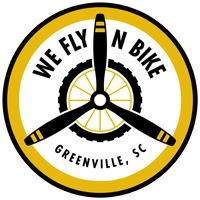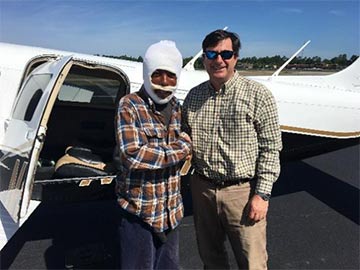Learn To Fly
Discovering the Rewards of Learning to Fly
Initial flight training requires good weather known as visual meteorological conditions (“VMC”) which is the type of weather where you can see forever. The first 20 hours of training is all about looking out the windows – and the view out the front is spectacular. The initial training also requires “cross-country” flights to destinations more than 50 nautical miles away. I still remember one of my cross-country trips when I flew to Charleston SC and then up the coastline to Georgetown, SC. I earned my license in 1994.
In 2008, I obtained an instrument rating which permits flying in clouds and low visibility, also known as instrument meteorological conditions (“IMC”). Instrument training is very technical and challenging.
My pilot’s license has been very beneficial. First, I have incorporated flying into my law practice and have worked cases some distance from my home town that I would not have accepted had I not been able to fly.
I have also used the airplane for holiday travel with my family which brought many opportunities to visit places that were previously too far. Ocracoke Island for example is only a two hour flight from Greenville and nine hours by car/ferry. Lastly, I have volunteered for Angel Flight Soars by taking burn, cancer and Shriners patients to their respective treatment providers. As a two-time cancer survivor, I find these missions to be particularly rewarding.
Finally, a pilot’s license can bring many opportunities for a career in aviation. Now, more than ever, pilots are needed. Forbes reported on April 10, 2023 that “North American airlines are short about 17,000 pilots this year” and “almost half of U.S. airline pilots are 50 or older, with a mandatory retirement age of 65.” Comprehensive flight training most assuredly will lead to a position with a regional or national airline. Salaries among carriers vary but across the board pilots’ pay is increasing.
Most flight schools offer an “intro flight” which typically last about an hour where prospective students can take a quick lesson and find out if flying suits them. I remember my intro flight at Dulles Airport (IAD) in a Cessna 152 and taxing to the runway behind a B-747!

